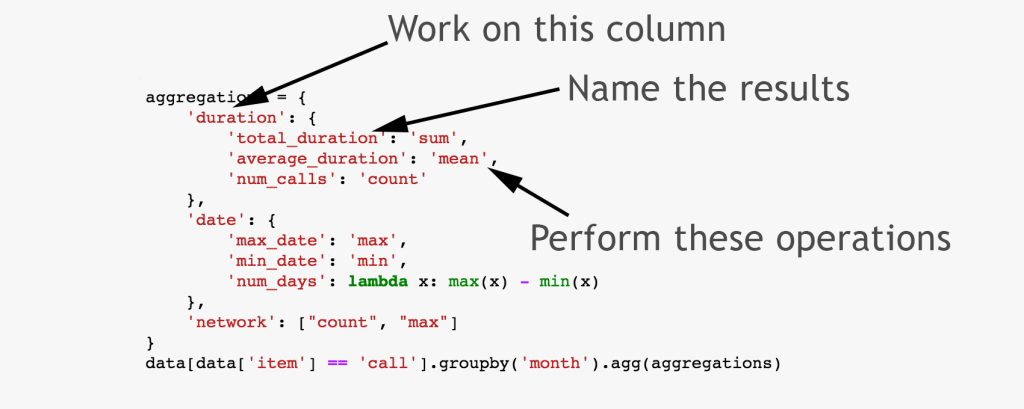
If any of the labels is not found in the selected axis and “errors=’raise’”.

Returns DataFrame with the renamed axis labels. If ‘ignore’,Įxisting keys will be renamed and extra keys will be ignored. If ‘raise’, raise a KeyError when a dict-like mapper, index, or columnsĬontains labels that are not present in the Index being transformed. In case of a MultiIndex, only rename labels in the specified level. Can be either the axis name (‘index’, ‘columns’) or axis int or str, default ‘index’Īxis to target with mapper. Provided by Data Interview Questions, a mailing list for coding. To rename multiple columns, you can use DataFrame.rename() method with multiple old column names and new column names as key:value pairs as shown below.
Rename columns pandas how to#
columns dict-like or functionĪlternative to specifying axis (“mapper, axis=1” is equivalent to “columns=mapper”). A step-by-step Python code example that shows how to rename columns in a Pandas DataFrame. I like to rename my columns so that they are also valid Python attribute. rename() method returns a new DataFrame rather than modifying the existing one. it includes renaming all the column, rename column by index and rename column by column name. Notice that the 'Name' and 'Age' columns were renamed to 'StudentName' and 'StudentAge' respectively while all other column names remained the same. To know the shape of the data you have to use the shape(). Use either mapper and axis to specify the axis to target with mapper, or indexĪlternative to specifying axis (“mapper, axis=0” is equivalent to “index=mapper”). One of the most common operations on a DataFrame is to rename the column names. Example on how to rename the column of dataframe in pandas. Renaming the columns through a list in pandas requires knowing the shape of the dataset you have. Parameters mapper dict-like or functionĭict-like or functions transformations to apply to that axis’ values. The dictionary allows us to provide a mapping between the old column name and the new one that we want.

Here we can pass in a dictionary to the columns keyword argument. Extra labels listed don’t throw an error. rename() The first method of renaming columns within a pandas dataframe we will look at is the. You can also rename all the columns’ names by assigning the new columns’ names. By following this approach you change any specific columns name. rename ( mapper : Union, Any], None] = None, index : Union, Any], None] = None, columns : Union, Any], None] = None, axis : Union = 'index', inplace : bool = False, level : Optional = None, errors : str = 'ignore' ) → Optional ¶įunction / dict values must be unique (1-to-1). Here, you can see that at first, our first column’s name was in the lowercase but we have changed it to the uppercase by using the rename function. This article intentionally omits legacy approaches that shouldn’t be used .rename ¶ DataFrame. Stick to the column renaming methods mentioned in this post and don’t use the techniques that were popular in earlier versions of Pandas. To rename the column Sepal.Length to sepallength, the procedure is as follow: Get column names using the function names. The rename() method takes a columns parameter, which is a. df.rename(lambda x: x.replace(" ", "_"), axis="columns", inplace=True) To rename the column names of a Pandas DataFrame, you can use the DataFrame.rename() method. Write a function that’ll replace all the spaces with underscores in the column names.

a dictionary) where keys are the old column name(s) and values are the new one(s). Simple exampleĬreate a Pandas DataFrame and print the contents. In order to rename columns using rename()method, we need to provide a mapping (i.e. There are multiple different ways to rename columns and you’ll often want to perform this operation, so listen up. This article explains how to rename a single or multiple columns in a Pandas DataFrame. In this tutorial we will learn use pandas dataframe.rename() and other methods to rename column in a List, CSV files, Dictionaries or any other type of.


 0 kommentar(er)
0 kommentar(er)
